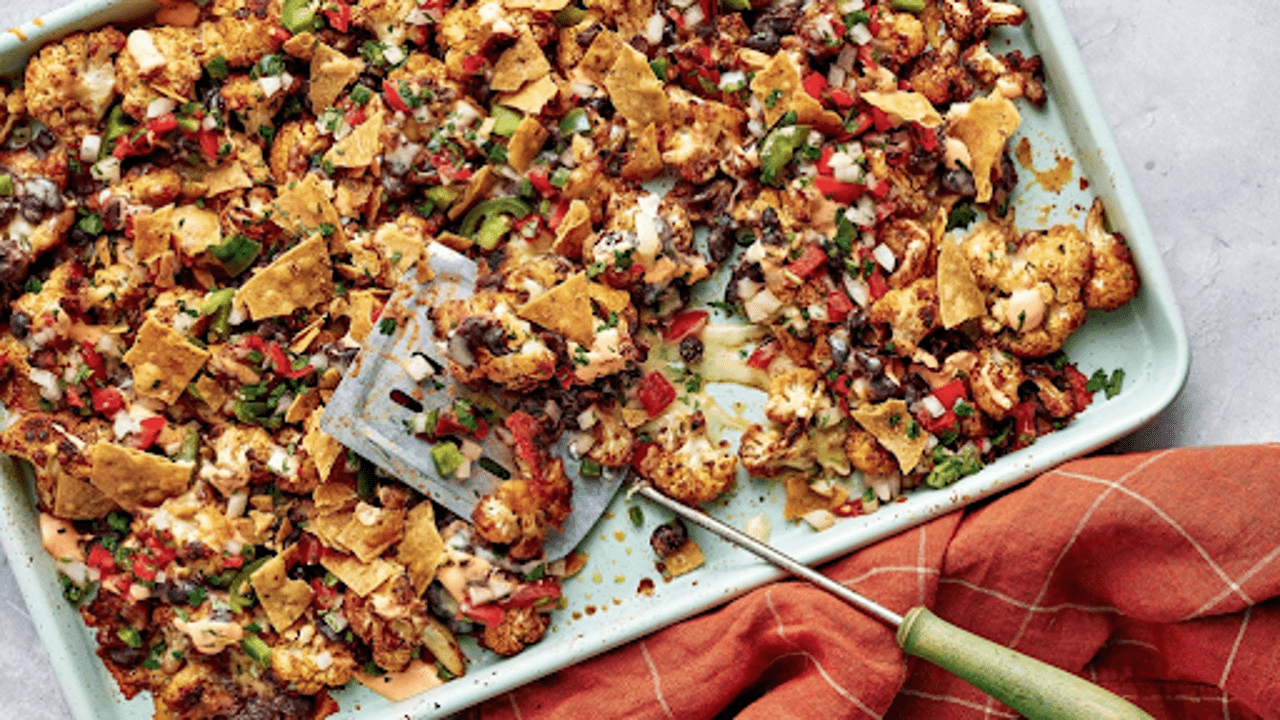
An expert shares a cooking technique that can help you enjoy vegetables more this fall. CNN
As the seasons shift to fall and winter, many are looking for ways to make vegetables the highlight of their meals rather than an afterthought. Instead of thinking of veggies as bland or boring, consider using roasting as a method to bring out their natural flavors. A delicious example to try is Melty Mexican Cauliflower, which can serve as a tasty snack or side dish.
Eating vegetables is often recommended by health experts, but many people struggle to incorporate them into their diets because they don’t find them exciting. For many, early memories of vegetables may include steamed broccoli or bland peas, which don't showcase their true potential. According to Caroline Chambers, an author and recipe developer based in Carmel Valley, California, this might stem from a lack of understanding about the variety of ways vegetables can be prepared.
Chambers emphasizes that cooking vegetables in the right way can completely change how they taste. She explains that roasting is a fantastic technique for winter vegetables. While summer produce can be enjoyed raw, such as tomatoes or corn, winter vegetables like Brussels sprouts, butternut squash, and sweet potatoes benefit from being roasted at high temperatures.
To achieve the best results when roasting, set your oven between 400 to 425°F (205 to 218°C) and roast for 35 to 40 minutes. Chambers notes that higher temperatures are key to developing a crispy exterior while keeping the inside tender. For vegetables like Brussels sprouts, this method also helps eliminate any undesirable sulfur taste, creating a more enjoyable flavor.
Chambers recommends not being afraid to let your vegetables roast longer to get that perfect texture. She suggests that the contact with the hot sheet pan will help crisp up the outside, while the inside remains soft and flavorful. Keeping an eye on them as they roast can help prevent overcooking; once they begin to turn golden brown, they can quickly go from perfectly roasted to burnt.
Once the vegetables are cooked to perfection, it’s time to enhance their flavor. Chambers insists that you don’t need to put in a lot of effort to make them shine. A simple mix of olive oil, salt, pepper, and garlic can elevate their taste. Additionally, using store-bought sauces can be a great shortcut. For example, a green goddess dressing or harissa paste can add vibrant flavors without any fuss.
To put this advice into practice, Chambers shares a delicious recipe for Harissa Roasted Veggies. This dish combines chickpeas, carrots, and red onion with harissa and honey for a unique twist. After roasting, the vegetables are served with a creamy whipped feta sauce and fresh herbs, making for a hearty and flavorful meal.
Recipe Summary: Harissa Roasted Veggies
Ingredients:
- 1 can of chickpeas
- 1 pound of medium carrots
- 1 large red onion
- Olive oil, harissa, honey, kosher salt, feta cheese, Greek yogurt, lemon, herbs, and nuts.
Instructions:
- Preheat the oven to 425°F.
- Prepare the chickpeas and vegetables, tossing them with olive oil, harissa, and honey.
- Roast for 25-30 minutes until golden and tender.
- Blend feta and yogurt with lemon zest and juice for the sauce.
- Serve the roasted veggies with the whipped feta and top with herbs and nuts.
By embracing roasting and experimenting with flavors, you can transform your approach to vegetables, making them the star of your fall and winter meals. With a little creativity, you can make your plate colorful and nutritious, proving that vegetables can be both delicious and exciting.















